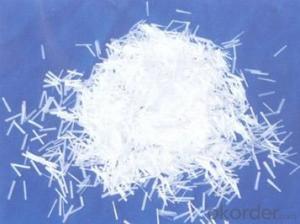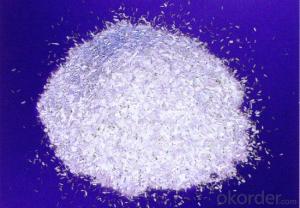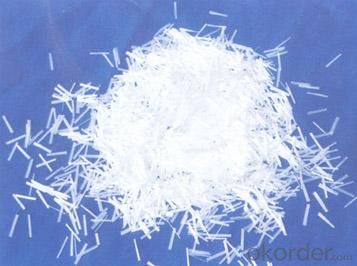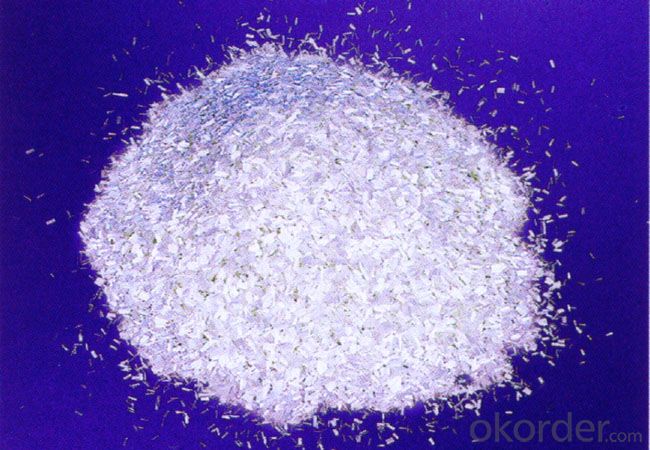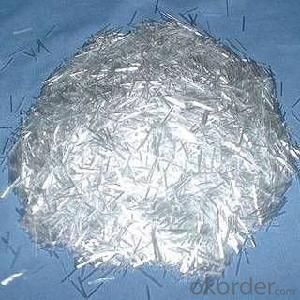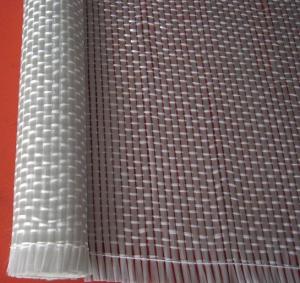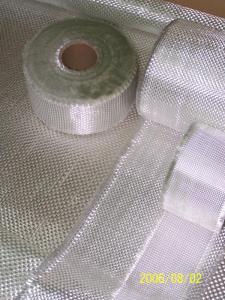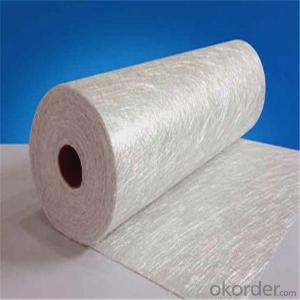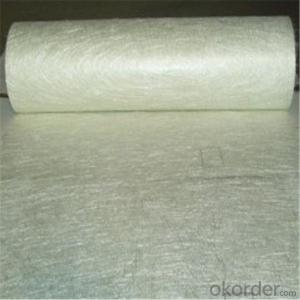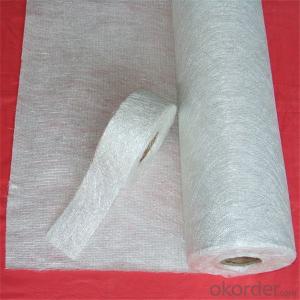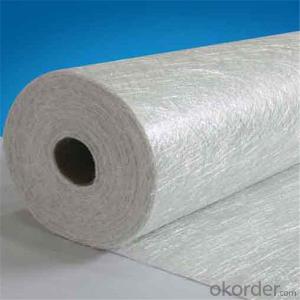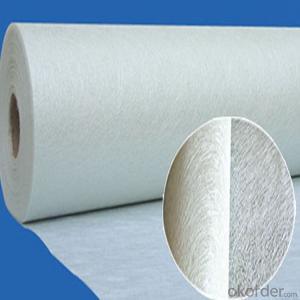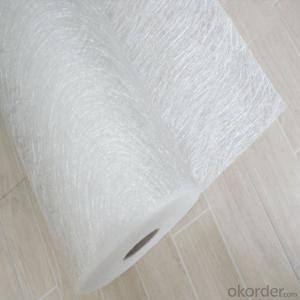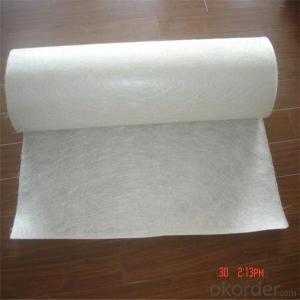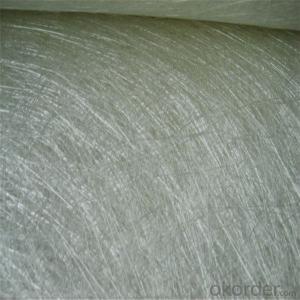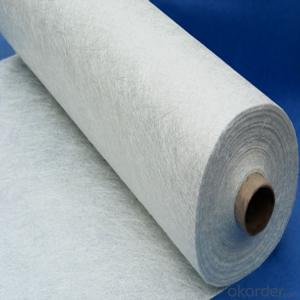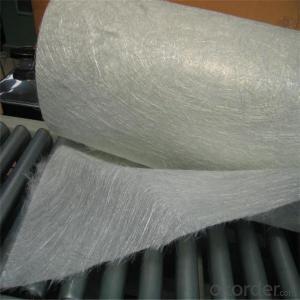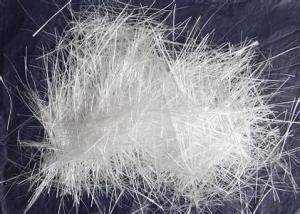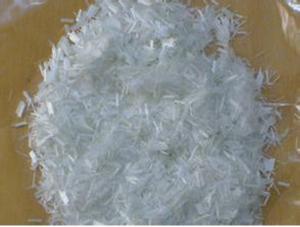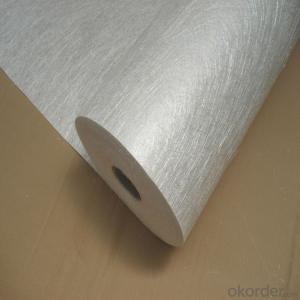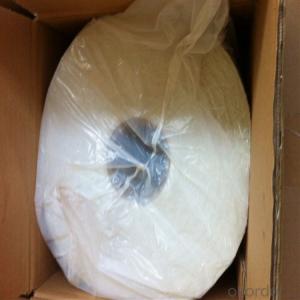8oz Chop Strand Fiberglass - Wet Fiber Glass Chopped Strands
- Loading Port:
- China Main Port
- Payment Terms:
- TT or LC
- Min Order Qty:
- 20000 kg
- Supply Capability:
- 200000Kg Per Month kg/month
OKorder Service Pledge
OKorder Financial Service
You Might Also Like
1.Brief Introduction
Wet Chopped Strands are compatible with unsaturated polyester, epoxy and phenolic resins and gypsum.
Wet Chopped Strands have moderate moisture content and deliver outstanding flowability, including dispersion in water and in gypsum.
2.Product Features:
Excellent dispersion in water
Good bonding with multiple resins
Outstanding tensile and tear properties in the final product
3.Product Specifications:
Property | Fibre diameter | Moisture Content | Size Content | Chop |
| (%) | (%) | (%) | (%) |
Mathods | IS01888 | ISO3344 | ISO1887 |
|
3mm | ±10 | ≤3.0 | 0.1±0.05 | 98 |
6mm | ||||
12mm | ||||
18mm |
Special specification can be produce according to customer requirements.
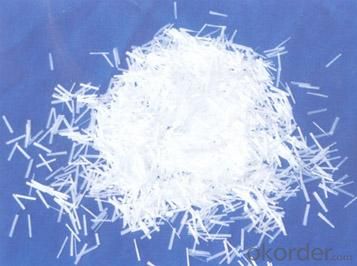
4.FAQ
a.Packaging:
Each bag can be taken (15-25kgs)。 Could also take a big container bag.
b.Storage:
Unless otherwise specified, It should be stored in a dry, cool and rain-proof area. It is recommended that the room temperature and humidity should be always maintained at 15℃~35℃ and 35%~65% respectively.
- Q: Production and process of glass fiber reinforced plastics.
- Nylon is made by the existing PU foaming material as the core material and the rudder; 6) It can realize automation to labor saving; 4) Usually, wet layer tools can be improved for the forming process.10 20, Take down the products, with roving, fiberglass surface felt. In most cases, the curing agent can be used in ambient temperature, unlike RTM aluminum which is smooth on both sides. Glass fiber roving for pultrusion has some effect in the core material. It is generally more brittle after curing: General by using multi-purpose epoxy: This method is usually adopted, because it is not harmful to health.
- Q: How is the quality of fiberglass chopped strand ensured during production?
- The quality of fiberglass chopped strand is ensured through a combination of various measures during the production process. Firstly, the raw materials used in the production of fiberglass chopped strand, such as glass fibers, resin, and additives, undergo rigorous testing to ensure that they meet the required specifications and standards. During the manufacturing process, the production equipment is regularly calibrated and maintained to ensure accurate and consistent results. The parameters such as temperature, pressure, and speed are closely monitored and controlled to achieve the desired quality of chopped strand. Quality control checks are performed at different stages of production. This includes visual inspection of the finished product to identify any defects or inconsistencies. Additionally, samples are taken from each batch and subjected to various tests, including tensile strength, fiber diameter, moisture content, and impurity levels. These tests help in verifying the physical and chemical properties of the chopped strand and ensuring it meets the required standards. Furthermore, production facilities often have quality management systems in place, such as ISO 9001, to ensure that the manufacturing process follows established protocols and procedures. These systems help in maintaining consistency and traceability, as well as facilitating continuous improvement in the production process. Overall, the quality of fiberglass chopped strand is ensured through a combination of stringent raw material testing, meticulous production process control, thorough quality checks, and adherence to quality management systems. These measures help in providing a reliable and consistent product that meets the desired specifications and standards.
- Q: How is fiberglass chopped strand used in the insulation industry?
- Fiberglass chopped strand is commonly used in the insulation industry as a reinforcement material. It is mixed with other insulation materials, such as mineral wool or foam, to enhance the overall strength and durability of the insulation product. The chopped strands help to create a more stable and structurally sound insulation material, improving its resistance to tearing, cracking, and compression. Additionally, fiberglass chopped strand also aids in preventing heat transfer, making the insulation more effective in maintaining temperature control.
- Q: Can fiberglass chopped strand be used for reinforcing concrete?
- Fiberglass chopped strand is indeed suitable for reinforcing concrete. It comprises glass fibers that are chopped into shorter lengths and incorporated into the concrete mix. By doing so, these fibers effectively amplify the concrete's overall robustness, longevity, and crack resistance. Moreover, they contribute to managing shrinkage and minimizing crack formation. In addition to being lightweight, fiberglass chopped strand boasts corrosion resistance and outstanding performance in challenging surroundings. Consequently, it is frequently employed in various concrete applications such as slabs, walls, precast elements, and shotcrete.
- Q: Does fiberglass chopped strand have any fungal resistance?
- Yes, fiberglass chopped strand does have some level of fungal resistance. The inorganic nature of fiberglass makes it less susceptible to fungal growth compared to organic materials. However, it is still important to note that prolonged exposure to high moisture or humid conditions can potentially promote fungal growth on the surface of fiberglass. Regular cleaning and maintenance are necessary to ensure the longevity and fungal resistance of fiberglass chopped strand.
- Q: Is fiberglass chopped strand suitable for wind turbine blades?
- Yes, fiberglass chopped strand is suitable for wind turbine blades. Fiberglass is a popular material choice for wind turbine blades due to its lightweight, high strength, and durability properties. Chopped strand fiberglass, which consists of small fibers randomly oriented and held together with a binder, can be easily molded and manufactured into complex shapes, making it ideal for wind turbine blade production. The fibers provide excellent stiffness and strength, enabling the blades to efficiently capture wind energy and withstand the stresses and forces experienced during operation. Additionally, fiberglass is corrosion-resistant, reducing maintenance and prolonging the lifespan of the blades. Overall, fiberglass chopped strand is a suitable and widely used material in the construction of wind turbine blades.
- Q: What are the typical manufacturing challenges when using fiberglass chopped strand composites?
- Several typical challenges may arise when utilizing fiberglass chopped strand composites in manufacturing. One of the challenges commonly encountered is the attainment of uniform fiber dispersion throughout the composite material. It is crucial to employ proper mechanical mixing and dispersing techniques to ensure even distribution of the chopped fiberglass strands within the matrix. Failure to achieve this can result in weak areas and diminished mechanical properties in the final product. Another challenge is the achievement of good wet-out between the resin matrix and the chopped strands. Each individual strand must be thoroughly wetted by the resin to ensure proper bonding and strength. Insufficient wet-out can lead to the formation of voids, delamination, and reduced overall performance of the composite. Controlling the length of the fibers is also a challenge. Chopped strand composites generally consist of short fibers, and maintaining consistent fiber length is critical for attaining desired mechanical properties. Variations in fiber length can cause inconsistencies in strength and stiffness, which affects the overall performance of the composite. Additionally, fiber alignment can present difficulties during the manufacturing process. Proper orientation and alignment of the chopped fibers within the matrix are vital for optimizing mechanical properties. Misalignment or random orientation of fibers can result in anisotropic properties and reduced overall strength. Lastly, challenges related to surface finish and appearance may arise. Chopped strand composites often exhibit a rough surface due to the presence of randomly oriented fibers. Achieving a smooth and aesthetically pleasing finish may necessitate additional processing steps, such as sanding or application of surface coatings. In conclusion, these challenges necessitate meticulous process control, optimization of mixing techniques, and implementation of quality control measures to ensure the successful utilization of fiberglass chopped strand composites in manufacturing.
- Q: Is fiberglass chopped strand resistant to mechanical stress?
- Yes, fiberglass chopped strand is resistant to mechanical stress. Fiberglass is known for its high strength-to-weight ratio and excellent tensile strength. Chopped strand, which consists of short lengths of fiberglass fibers, is commonly used as a reinforcement material in various applications such as composites, construction materials, and automotive parts. It provides reinforcement and enhances the mechanical properties of the final product, making it more resistant to mechanical stress and improving its overall durability. The random orientation of the chopped strands also helps in distributing the stress across the material, further enhancing its resistance to mechanical stress. Overall, fiberglass chopped strand is a reliable and effective material for withstanding mechanical stress.
- Q: How does the fire resistance of fiberglass chopped strand compare to other reinforcing materials?
- The fire resistance of fiberglass chopped strand is generally superior to many other reinforcing materials. Its inherent properties allow it to withstand high temperatures and prevent the spread of flames, making it a desirable choice for various applications where fire safety is a concern.
- Q: Can fiberglass chopped strand be used in water treatment tanks?
- Yes, fiberglass chopped strand can be used in water treatment tanks. Fiberglass is known for its excellent corrosion resistance and high strength-to-weight ratio, making it a suitable material for various applications in the water treatment industry. The chopped strand form of fiberglass can be used to reinforce the tanks, making them more durable and resistant to wear and tear. Additionally, fiberglass is non-reactive to water and does not leach any harmful substances, which is crucial for maintaining water quality in treatment tanks. Overall, fiberglass chopped strand is a reliable and effective material for use in water treatment tanks.
Send your message to us
8oz Chop Strand Fiberglass - Wet Fiber Glass Chopped Strands
- Loading Port:
- China Main Port
- Payment Terms:
- TT or LC
- Min Order Qty:
- 20000 kg
- Supply Capability:
- 200000Kg Per Month kg/month
OKorder Service Pledge
OKorder Financial Service
Similar products
Hot products
Hot Searches
Related keywords
